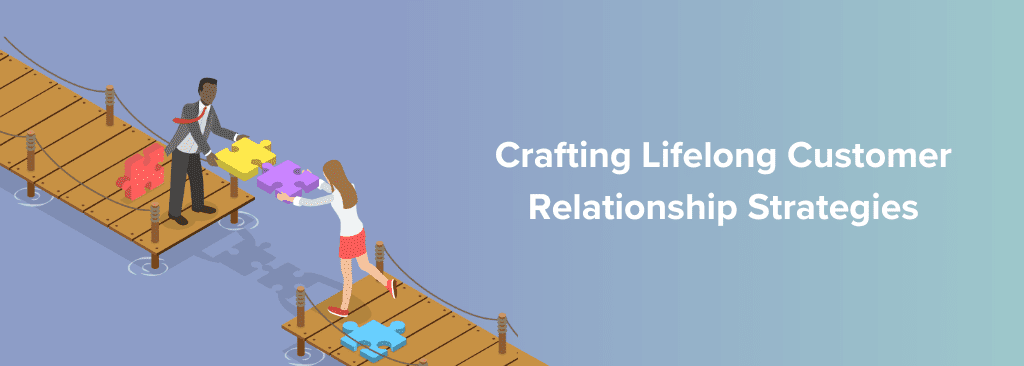Crafting Lifelong Customer Relationships – Strategies for Success
In the early 2000s, I decided to get my first car. The emotions surrounding it were great, as that would be the family’s first car.
We did our research and decided to buy a small car, Alto. So, we went to the showroom (my spouse, the child, and me) to check them out.
I sat inside an Alto to have a feel of it. I was well endowed then, and I couldn’t fit in easily. The salesperson helping us asked me to check out a WagonR (a slightly larger version with elevated seating).
I got in, and that was definitely more comfortable. The damage was a lakh more than what we had initially planned. That’s when he also asked my wife and child to get in. He took out his Polaroid camera, took a picture of us, and showed it to us, stating that it fits our family well.
The moment we looked at the photograph, we were convinced as well and decided to go ahead with WagonR.
For more than 20 years, we are still associated with that brand because of this initial experience.
I read an article in CMS Wire and it mentioned this:
Creating a customer for life isn’t done through promotional activities or pricing strategies. It’s done by activating and evoking emotions as seen in successful contact center strategies to boost customer stickiness
I couldn’t agree more.
The anecdote cited above was about the emotional quotient, which made us opt for something we had not budgeted for.
How Do You Go About Evoking Emotions in Customer Experience?
Activating and evoking emotions can create a powerful connection between your brand and customers.
Here are a few ways to achieve this:
Storytelling
Share compelling stories that resonate with your brand values and mission. Humanizing your brand through narratives helps customers connect on a deeper emotional level.
Let me give you an example of World Vision. Here, the relationship is between a brand and a sponsor.
World Vision, one of the most well-funded NGOs in India, tells the story through the sponsorship mechanism.
Sponsorship is where you spend 800 bucks, which goes to one child. Then the child writes to you. You get the picture of the child, which puts a face on the major character of a story in which you participate.
Now, you are the hero changing the world. This is what moves you, and you, in turn, talk about ‘your child’ with your friends and family. They, in turn, set out to sponsor, and so it goes.
Surprise and Delight With Memorable Experiences
Implement unexpected gestures or rewards to surprise your customers pleasantly. This could be in the form of personalized discounts, exclusive access, or unexpected gifts.
Here is an example that one of the panelists shared with all of us in a discussion.
He had to travel to Los Angeles on his Birthday. So, when he goes to the counter for the boarding pass, they look at his passport, give him a warm smile, and wish him an incredible journey with the Emirates.
While waiting for the boarding announcement, his name was announced on the PA system, asking him to come to the counter. On reaching there, he was told that he was being upgraded to the business class as it was his Birthday.
Inside the plane, they come together and cut a birthday cake for him. Now, he was speechless, and on his way out, the air hostess slipped a couple of champagne bottles into a duty-free bag and wished him a great evening ahead.
When he ventured out, a person was standing with his name on a placard stating Emirates had arranged for his drop in a Limousine.
Can you imagine this experience? Since then, he has been traveling only to those destinations where Emirates flies.
Go Beyond Transactions
Design customer interactions that go beyond the transaction. Memorable experiences can leave a positive and lasting emotional impact.
To truly go beyond transactions, teams must also avoid making assumptions based on appearances or first impressions a mistake that often leads to lost opportunities. Here’s how you can prevent snap judgments in customer service.
Let me give you an example of an IT services company.
An IT services company had a customer for whom they provided QA and testing services. The customer was unhappy with the service and discontinued their service. It was a very prestigious customer.
Immediately, the CEO of our organization reached out to them and agreed to be the executive sponsor for that account. The plan was to put in a process to make the relationship successful in 90 days. Till then, the customer will not be billed.
After 90 days, the customer was happy with the setup and decided to continue the relationship.
It has been over 15 years, and they are still their customer.
Since then, they have had an executive sponsor for all key accounts.
Beyond these, the housekeeping suggestions would include personalizing communication, bringing empathy to customer service, soliciting feedback, and acting on them.
Remember that emotions play a crucial role in customer loyalty. Creating positive emotional experiences can turn customers into loyal advocates who will likely stick with your brand and recommend it to others.
